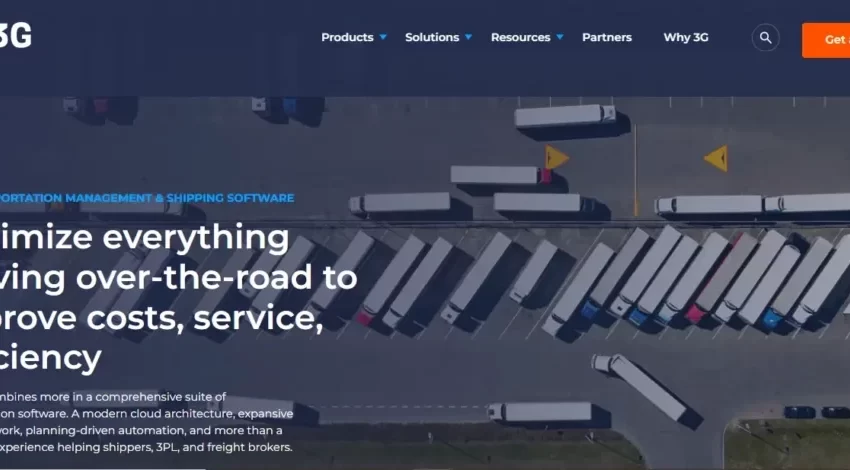Future of Urban Last Mile Delivery
In today’s bustling urban environments, the need for efficient and sustainable last mile delivery solutions is more pressing than ever. As e-commerce continues to boom and consumers demand faster and more convenient shipping options, companies are constantly seeking ways to streamline their delivery processes in order to keep up with the pace of modern commerce. In this article, we will explore the future of urban last mile delivery and the technologies and strategies that are shaping the landscape of this vital component of the supply chain.
The Rise of Urbanization
As more and more people flock to cities in search of job opportunities and a higher quality of life, urbanization is a global trend that shows no signs of slowing down. With the influx of people into urban areas comes an increased demand for goods and services, leading to a surge in last mile deliveries in densely populated cities. This presents a unique set of challenges for logistics companies, who must navigate congested streets, limited parking, and strict regulations in order to deliver packages to customers in a timely manner.
Technological Innovations in Last Mile Delivery
Fortunately, advancements in technology are helping to revolutionize the way that companies approach urban last mile delivery. One of the most promising developments in this area is the use of drones and autonomous vehicles to deliver packages to customers’ doorsteps. By bypassing traditional transportation methods and taking to the skies or roads, these innovative solutions have the potential to significantly reduce delivery times and costs, while also minimizing the environmental impact of urban deliveries.
Another key technology that is shaping the future of urban last mile delivery is route optimization software. By analyzing traffic patterns, delivery locations, and other factors, this software is able to create the most efficient delivery routes for drivers, saving time and resources in the process. Additionally, the use of real-time tracking and notifications allows customers to stay informed about the status of their deliveries, increasing transparency and satisfaction in the delivery process.
Sustainability and Eco-Friendly Practices
As concerns about climate change continue to grow, companies are under increasing pressure to adopt sustainable and eco-friendly practices in all areas of their business – including last mile delivery. One way that companies are addressing this issue is by implementing electric or hybrid vehicles in their delivery fleets, reducing carbon emissions and air pollution in urban areas. Additionally, the use of eco-friendly packaging materials and delivery methods, such as bike couriers or delivery robots, can further reduce the environmental impact of last mile deliveries.
Challenges and Opportunities
While the future of urban last mile delivery is promising, there are still a number of challenges that companies must navigate in order to fully realize the potential of these technological innovations. Regulatory hurdles, security concerns, and the high cost of implementing new technologies are just a few of the obstacles that companies face as they strive to improve their urban delivery processes. However, with the right strategies and investments, companies have the opportunity to transform the way that goods are delivered in urban environments, creating a more efficient, sustainable, and customer-friendly delivery experience for all.
Conclusion
In conclusion, the future of urban last mile delivery is bright, thanks to the technological innovations and sustainable practices that are reshaping the way that goods are transported in densely populated cities. By embracing these advancements and overcoming the challenges that lie ahead, companies have the opportunity to revolutionize the delivery process, providing faster, more efficient, and more environmentally friendly services to customers around the world. As e-commerce continues to grow and urbanization becomes the norm, the need for innovative last mile delivery solutions will only continue to increase – making this an exciting time to be a part of the ever-evolving world of urban logistics.


